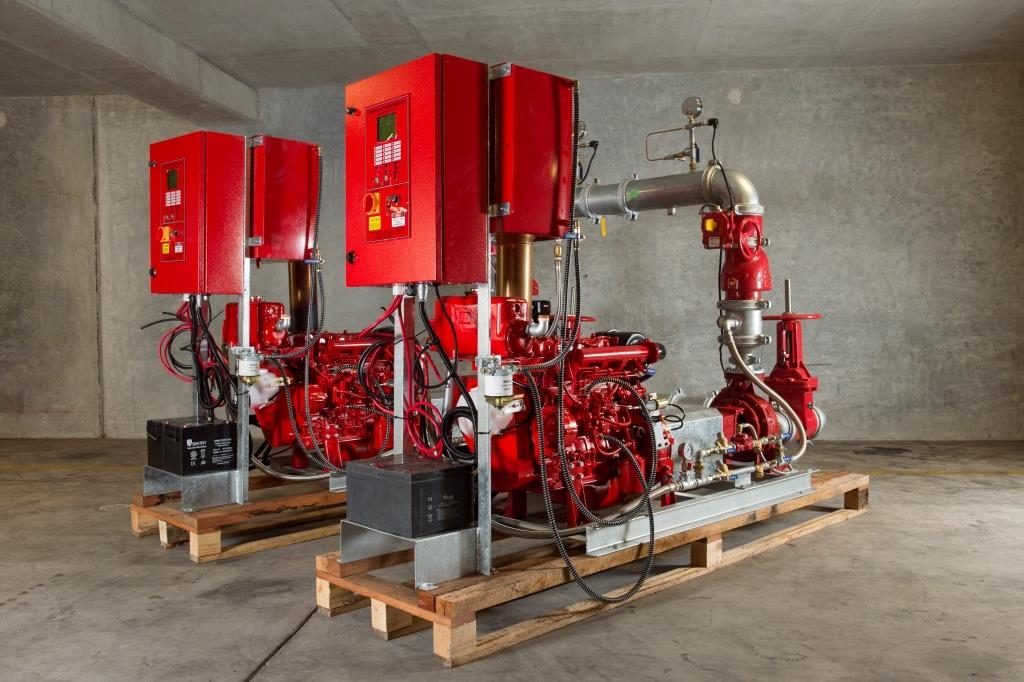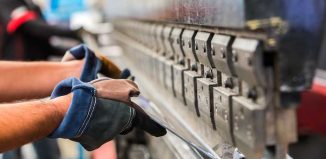
It doesn’t really matter if you live in the parts of the country with severe drought periods or not, an unlucky event, such as a fire consuming your house or car, is always lurking. We’re all humans and accidents do happen. Did you turn off the cooker this morning after you made your coffee? Did you turn off the iron? While attention is of the essence with electric appliances, being prepared for the actual consequences of lacking it, is also of the essence. In this case the smartest thing to do is having your fire fighting pump all ready and set for fighting a possible fire situation.
Besides keeping it together when a fire bursts out in your home, the next most important thing is to have a fire fighting pump installed. Of course, you also need to know how to use it properly so you actually start the fire fighting before the help comes. Buying one from the fire fighting pump Australia shops would seem like an easy task, but have in mind that there are various models to choose from and price ranges to consider. So, here’s the buying process separated into few simple steps.
First, check the performance characteristics
There are 4 main performance characteristics you want to check before you buy a fire fighting pump: pressure, flow rate, maximum head and inlet/outlet size. For fire fighting purposes, you need about 100PSI or more units of pressure in the hose. You can easily calculate this: get the number for the maximum head listed in the specifics of the pump, multiply it by 1.42 and you have the pressure units. To choose the proper flow rate, you need to consider the distance from where the water would be pumped and the sheer volume of the amount that would be moved. Think volume between 200 litres per minute and 1000 litres per minute at least. In addition to the proper flow rate, you need to consider the right maximum head. As a specification, this refers to the maximum height the pump can pump water. You need to consider this if your home has more floors and its construction is of a significant height. The inlet/outlet size refers to the size of the valves through which water is being drawn in and let out. The wider the outlet valve is, the faster the water will be dispersed through it and the job will be done.
Second, the physical characteristics
When you look through fire fighting pump Australia offers, look for a pump that’s self priming. That means that your pump will be able to retain water after the first prime and ready to fight a fire the next one. Another important physical feature of your pump is its appearance and construction. Of course, plastic is a material that should be avoided here, so look for pumps that are made strictly of metal. Also, check the engine. The engine runs your machine, so make sure it’s a good one, and more importantly, that there’s an accredited service provider near you for the eventual repairs.
Lastly, should you go for petrol or diesel?
This depends largely on what can you afford. If you’re looking to save a few dollars, you should go with petrol, although petrol isn’t very safe and environmentally friendly. Diesel is a little more expensive, but it’s definitely more efficient and performs better at longer periods. Powering your pump on electricity is definitely not a good option, unless you have a generator.











